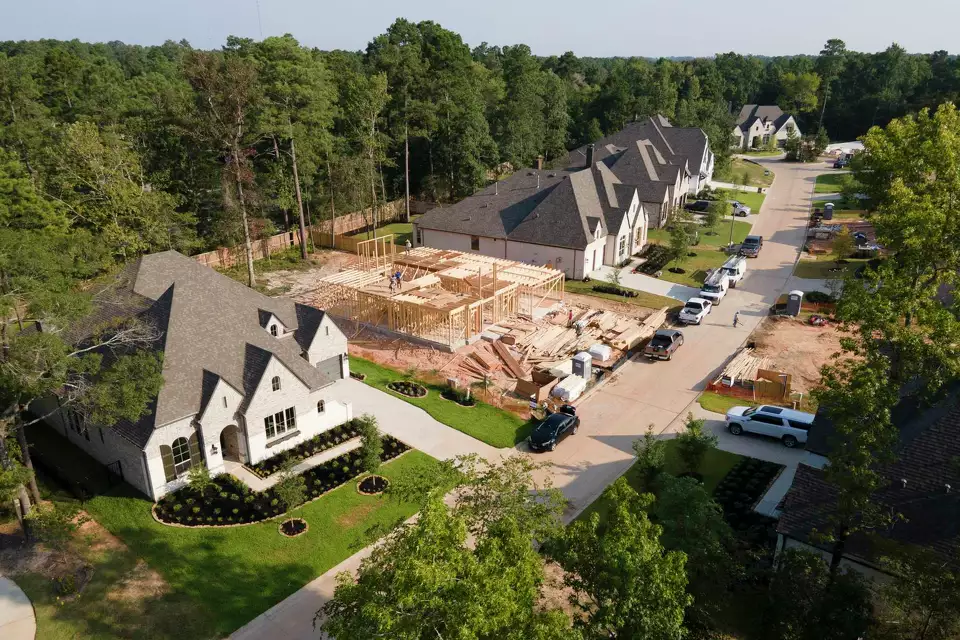Texas stands on the brink of a demographic and economic transformation, poised to surpass California as the most populous state in the United States by 2045. This growth is underpinned by unprecedented levels of home construction and a continuous influx of new residents. According to a comprehensive report by Realtor.com, Texas issued 225,601 residential building permits in 2024 alone, accounting for 15% of the nation’s total. This places Texas at the forefront of homebuilding activities, ahead of other high-growth states like Florida, California, North Carolina, and Georgia.
The population dynamics in Texas reveal a robust upward trend. As of July 2024, the state boasts 31.3 million residents, marking an impressive rise from 30.5 million just a year prior, and up from 29.1 million in 2020. This represents an almost 8% population increase over four years, as reported by the U.S. Census Bureau. Over the past decade, Texas has added 3.9 million new residents, significantly outpacing Florida, which saw an increase of 2.9 million during the same period.
Several factors contribute to Texas’ magnetic appeal. The state offers a favorable climate, a burgeoning job market, and comparatively affordable housing, making it an attractive destination for those seeking new opportunities. Danielle Hale, Chief Economist at Realtor.com, underscores the state’s rapid growth, highlighting how Texas’ attributes have drawn people both nationally and globally.
The Realtor.com report provides further insights into the migration patterns contributing to this boom. Notably, more than one in four people searching for homes in Texas are from out of state. The migration from California is particularly pronounced, with 781,237 Californians relocating to Texas, more than from any other state. Meanwhile, the reverse migration sees 306,534 Texans moving to California, indicating the dynamic nature of interstate movement. International migration also plays a crucial role, with nearly 2 million people from outside the U.S. making Texas their home in recent years.
The state’s housing market reflects both opportunity and challenge. While 47% of for-sale housing inventory is priced at $350,000 or less, this represents a reduced share compared to 2019 levels, indicating rising property values. Despite this, Texas remains more affordable than many other states, maintaining its attractiveness for potential homeowners.
The economic landscape in Texas is equally impressive. From 2013 to 2023, the state added 2.5 million jobs, a growth rate approximately 25% higher than that of Florida, the second-ranking state. The unemployment rate has consistently remained below 5% throughout the decade, aside from a brief period following the onset of the pandemic, demonstrating the resilience and strength of the Texas economy.
Realtor.com CEO Damian Eales points to Texas as a model for economic prosperity, driven by its abundant job opportunities, available housing, and welcoming climate. These attributes not only foster growth but also establish Texas as a destination of choice for those seeking a better quality of life.
As Texas continues on this growth trajectory, it is clear that the state is not only expanding in population but also enhancing its role as a key player in the national economy. The combination of strategic homebuilding, economic vitality, and demographic appeal positions Texas as a leading force in shaping the future of the United States. With such robust foundations, Texas is set to redefine the American demographic and economic landscape well into the future.

